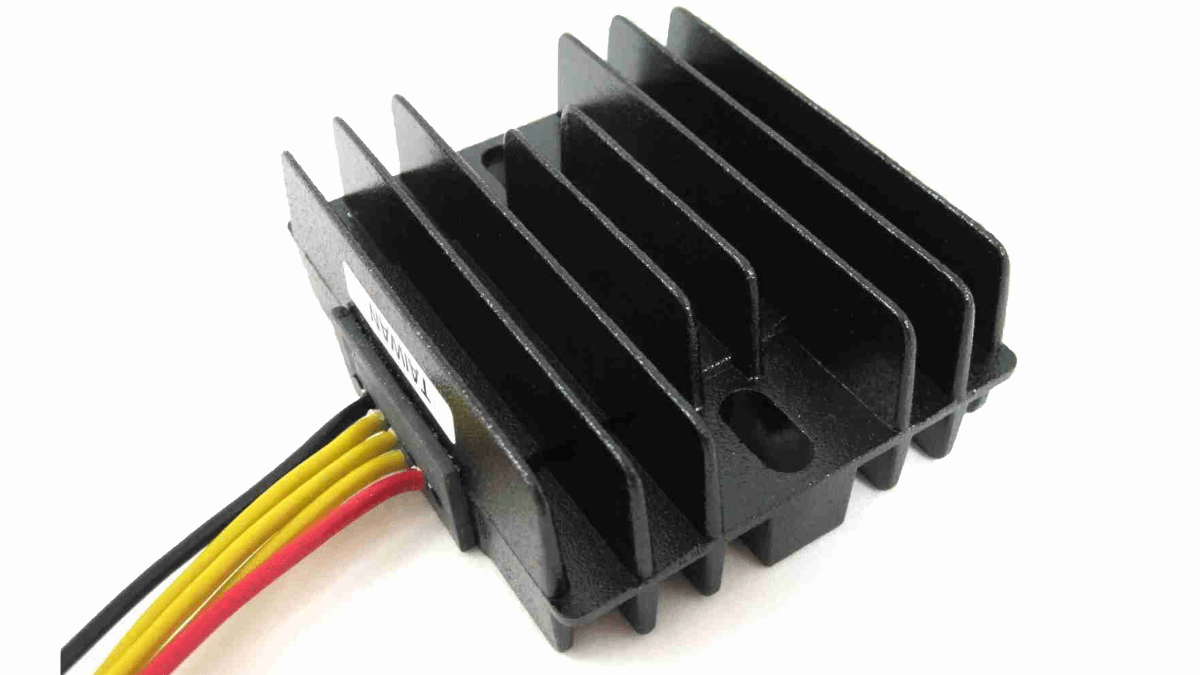Watts = amps x volts
Volts = amps x ohms.
It would be 50 watts if the shunted 4.2 amp current goes through a 2.9 ohm resistance. If the impedance of the alternator and the reg is less than 2.9 ohm, then the power expended is less than 50 W. I just tried to measure the resistance across my alternator and it’s a fraction of an ohm.
The permanent magnet alternator is (within certain parameters) a constant current generator.
If your electrical load is leaving 4.2 amps unused and shunted across a low resistance, there won’t be much heat generated. It’s not like shorting the battery, where the current shoots up to hundreds of amps and burns the wires. The current the reg/rec is shunting won’t go much higher than 4.2 amps, because the alternator will only generate enough current for the load plus the 4.2 amps.


